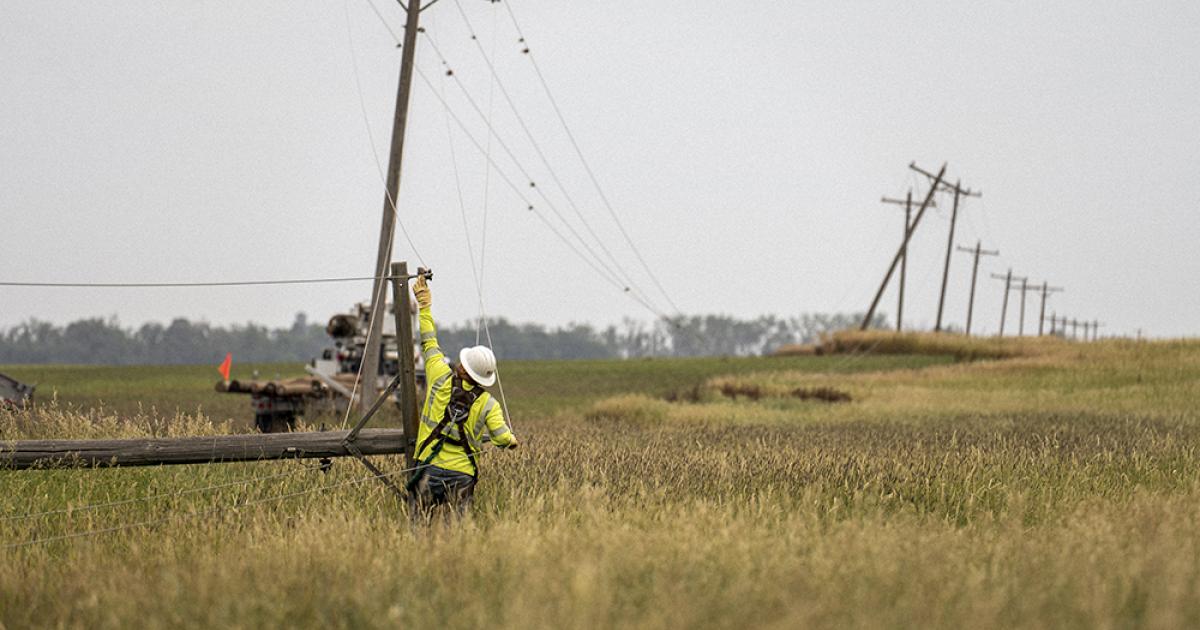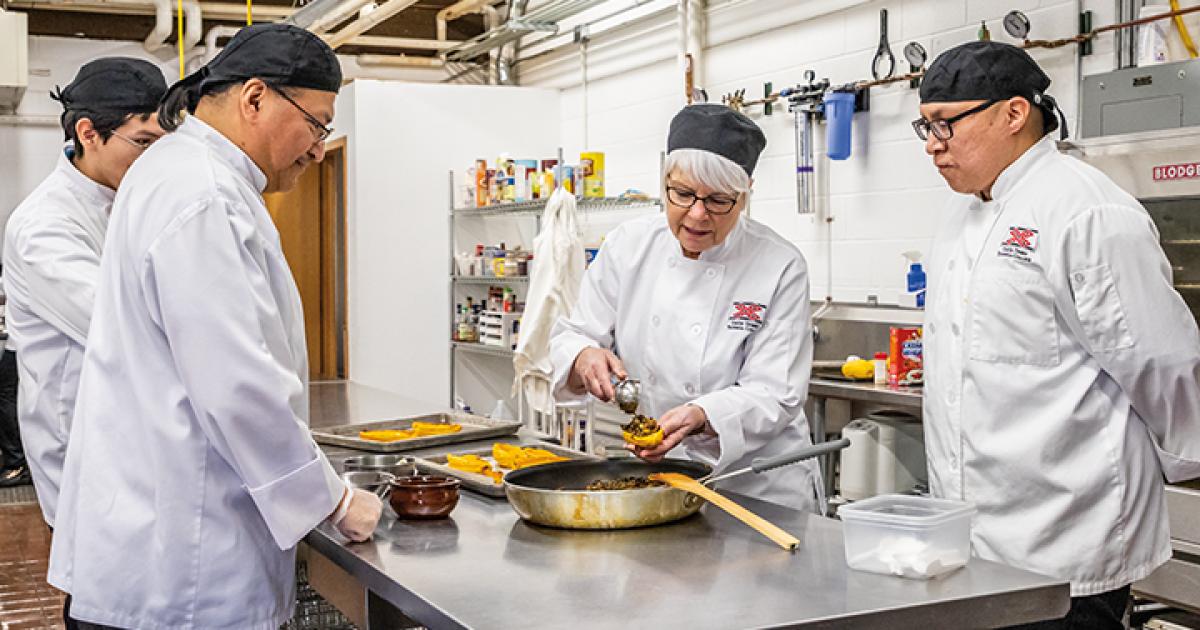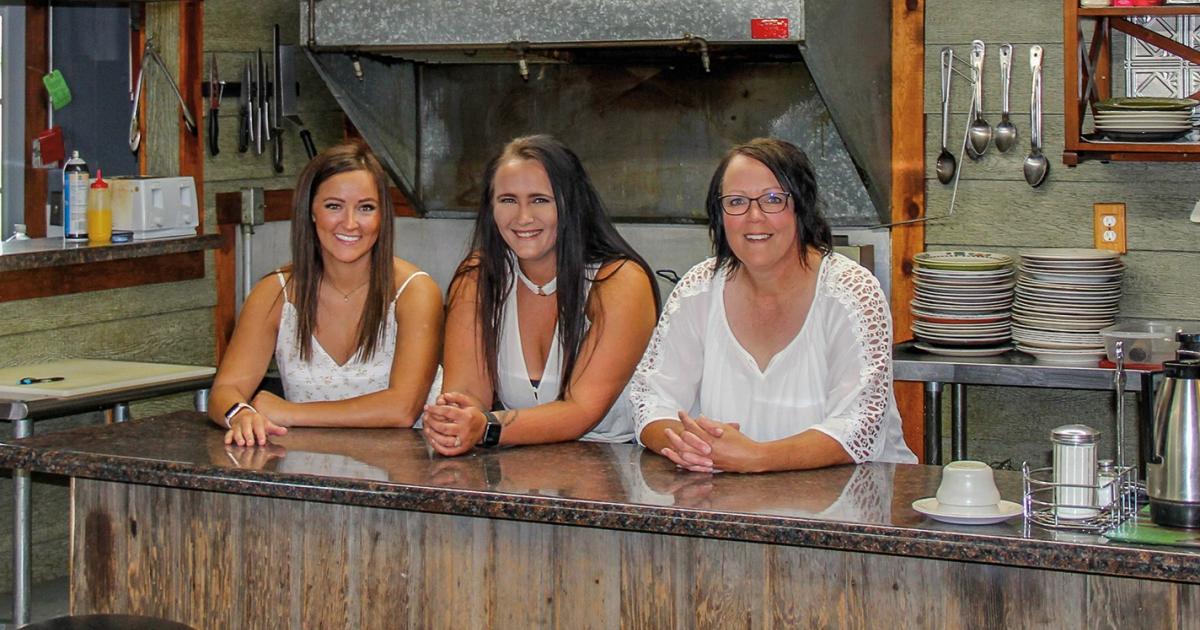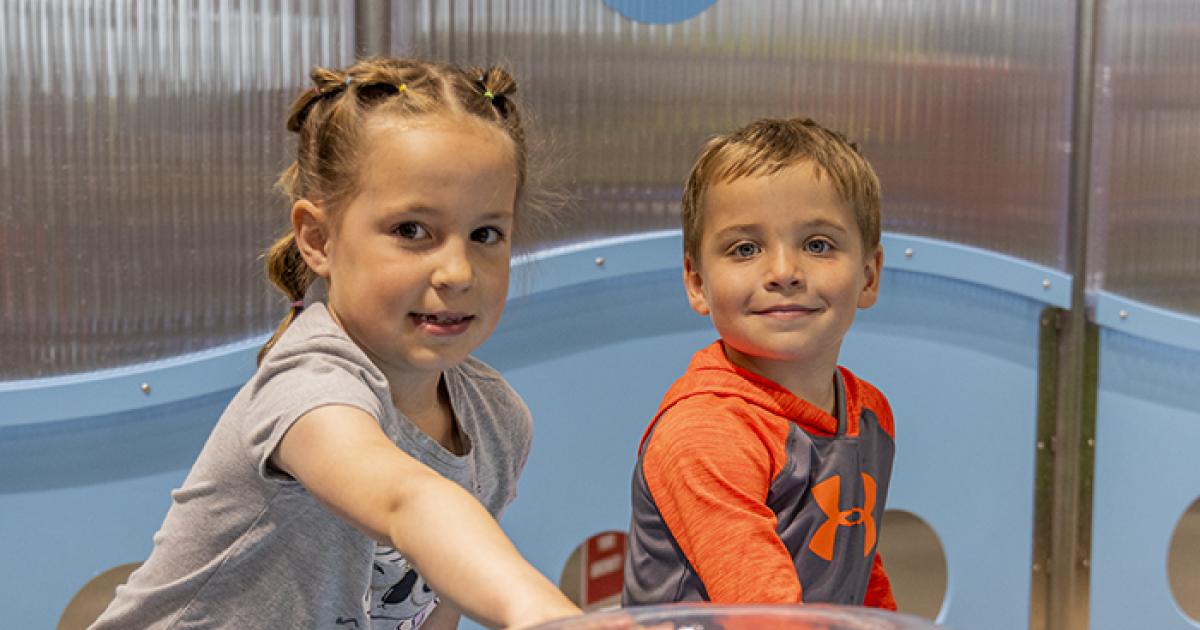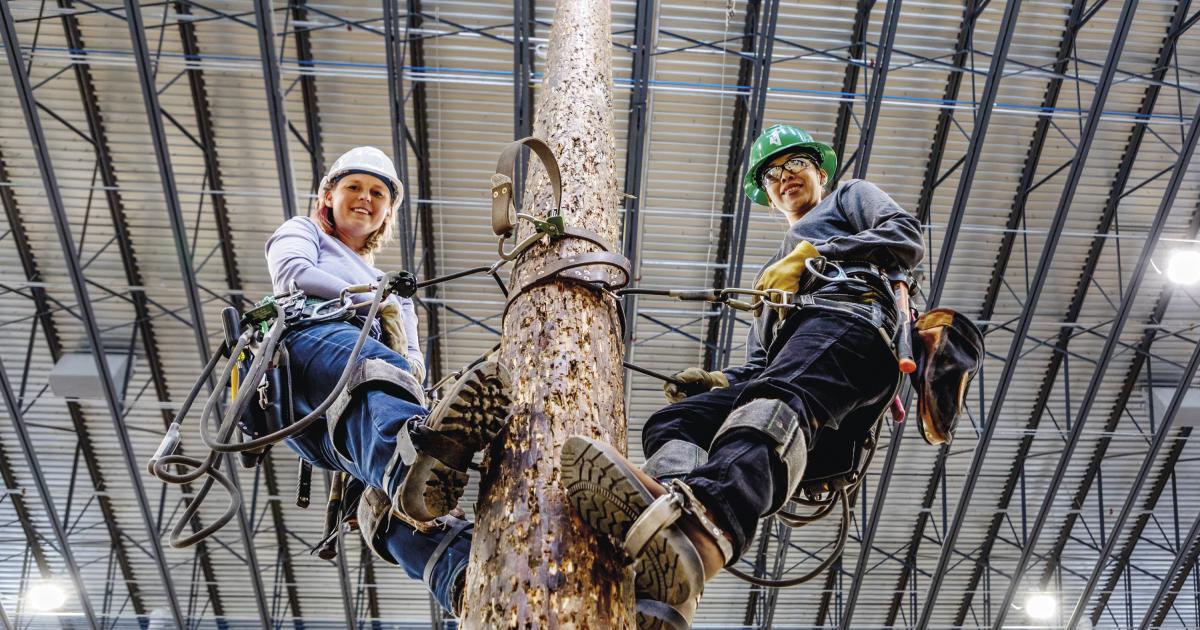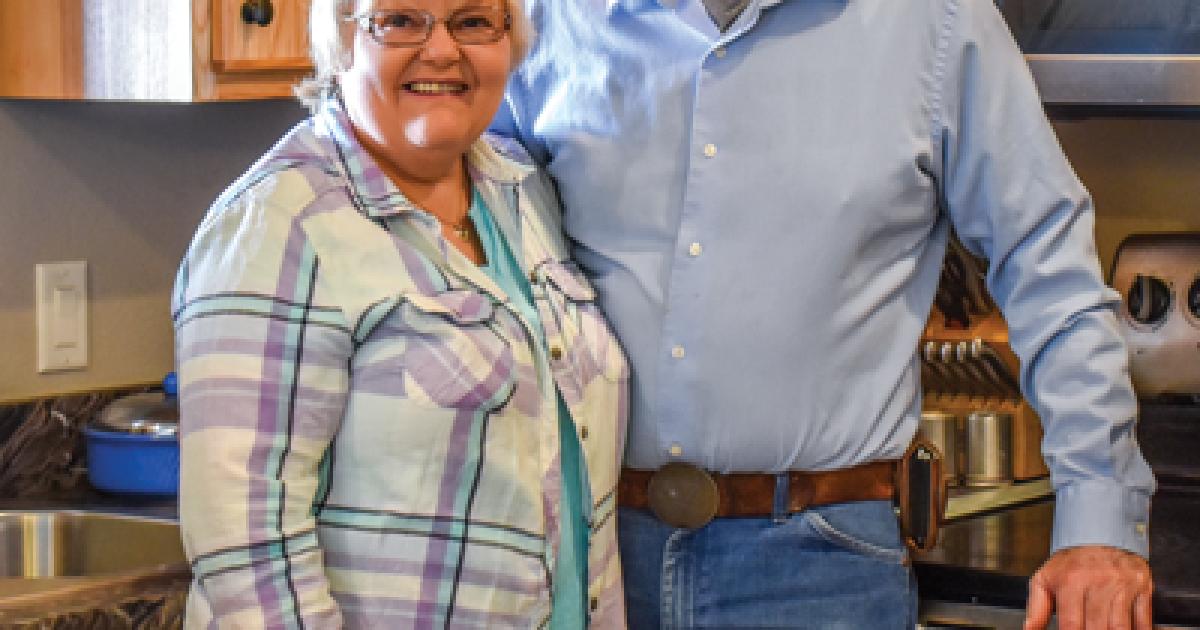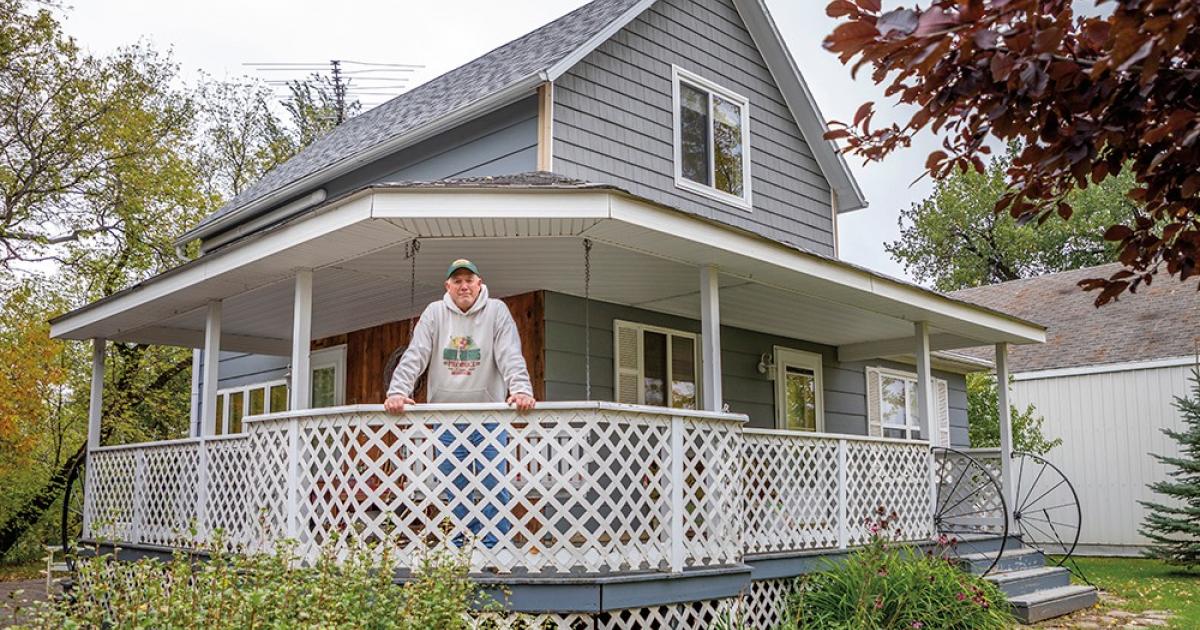A recent conversation with my 18-year-old high school senior sets the stage perfectly for this month’s issue of North Dakota Living.
Me: “Hey, I bought you something for your car.”
Daughter: “Dad, if it is another thing to add to my winter survival kit, I might lose it. I hardly have room in the back of the car.”
Me: “Well, you are in luck. The finishing touches for all the Kramer vehicle survival kits have arrived. Don’t worry, your MRE (meal ready to eat, a self-contained individual food ration) is already stowed away nicely, with the rest of your survival gear. And, yes, you are welcome.”
Daughter: “You are over-the-top extreme!” (Delivered with an eyeroll for emphasis.)
Perhaps I am a “smidgen” over the top or protective, but as I often lecture the drivers in my home: “Winter survival gear is like insurance. You hope you never need it, but when you do, you’ll be glad to have it.”
Having the right gear is important, but the best way to prevent getting stranded in a storm is to heed the warnings and avoid unnecessary, non-essential travel in hazardous conditions. Most snowplow operators will tell you the scariest, most stressful moments of their job are call-outs to rescue motorists who did not heed travel warnings. Often, the rescued motorist’s travel was not necessary.
Foolhardy decisions to drive in unsafe conditions are not only a risk to the driver’s safety, but other vehicle occupants, those on the road and emergency responders who might be called to attempt a rescue. Included in this issue of North Dakota Living are tips for safe winter driving. It would be a great read around the dinner table and an excuse to initiate a family conversation about safety.
Safety is a frequent discussion and training topic among electric cooperatives, because it’s a top priority. Safety and training are not only priorities for the line crews that deal with potentially fatal high voltages, but all electric cooperative employees, who are certified in first aid/CPR and routinely receive defensive driving training. Electric cooperative vehicles are equipped with fire extinguishers and first-aid kits. It is common practice for crews to identify AED locations on most field visits and at permanent worksites. Cooperative employees are encouraged to help if they encounter an accident or emergency.
We are proud to be among the groups of people on the roadways equipped to offer assistance. There are stories each year of electric cooperative employees providing aid or responding to an accident or emergency. Our association annually recognizes heroic actions that contribute to life-saving efforts. At our annual Apprenticeship, Training and Safety Conference later this month, the Life Saver Award will be presented to four cooperative employees who answered such a call.
How prepared are you for emergencies? Not only roadside emergencies, but those at work and within your home?
Conversations about safety are always in season. And if you ask me, there’s always room for “one more item” in your winter survival kit. (Just don’t ask my daughter!)
___
Josh Kramer, editor-in-chief of North Dakota Living, is executive vice president and general manager of NDAREC. Contact him at jkramer@ndarec.com.



